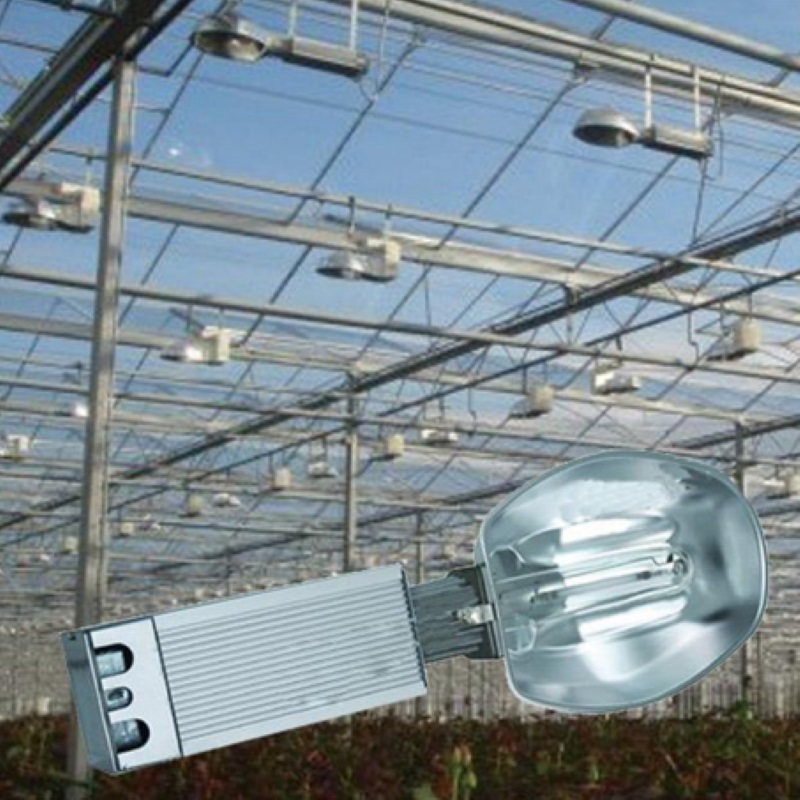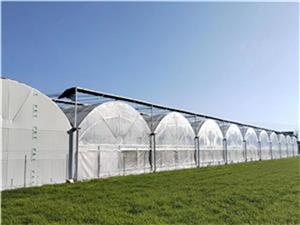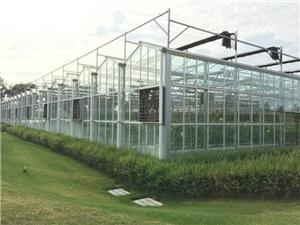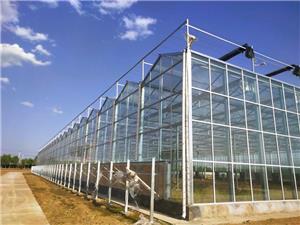The Misconceptions of Backlighting Lights
Greenhouse cultivation is becoming increasingly popular. As a type of lamp that can provide light for plants at any time instead of sunlight, supplementary lighting lamps have also seen an increase in usage in agricultural planting in recent years. Whether it is greenhouse cultivation, home cultivation, or plant factories, plant supplementary lighting lamps can be used. However, there are many things to note when using plant supplementary lighting lamps. Simply adding supplementary lights to the plants is not enough. When using supplementary lighting lamps for supplementary lighting, there are many no-go areas to avoid, and adjustents should be made promptly according to the actual situation.
After adding plant light-emitting lamps to the greenhouse or greenhouse cultivation, pay attention to adjusting the distance and position of the light-emitting lamps. Adjust the installation distance of the filling lamps according to the size of the greenhouse area and the growth size of the plants. If the light-emitting lamps are only used for simple supplementary lighting, they can be slightly closer to the plants. If the light-emitting lamps also have a heating function, they should be farther away from the plants to prevent damage to the plants.
When using supplementary lighting, it is important to pay attention to the timing of plant lighting. Try to avoid using supplementary lighting right after the plants are transplanted. You should wait until the seedlings slow down their growth and the plants grow normally before using the supplementary lighting. Additionally, when using supplementary lighting to provide light for plants, the lighting time and intensity should be flexibly set according to the type of plants. Different types of plants have different requirements for the duration and intensity of light. Moreover, the requirements for light vary at different growth stages of the plants. Based on the growth condition of the plants and in combination with greenhouse cultivation the actual situation, decide whether to use red, blue, or full-spectrum supplementary lighting.
Plant supplementary lighting devices are generally used when there is insufficient light on cloudy, rainy or foggy days. It is necessary to combine the growth of plants with the local lighting conditions and provide them with appropriate supplementary light. It is absolutely impossible to use supplementary lighting devices for plants continuously for 24 hours. Plants also need time to rest and breathe.
When using plant light-emitting lamps in a greenhouse, Greenhouse cultivation it is important to prevent moisture. You can add reflective films on the ground to utilize the refraction of light, thereby enabling the lower parts of the plants to receive more light.





